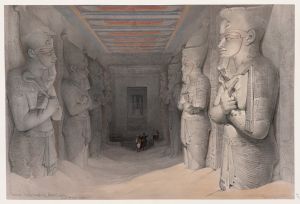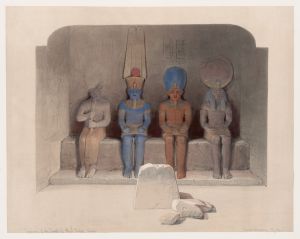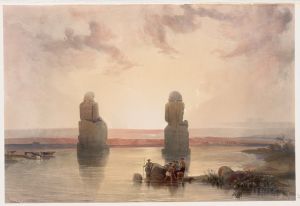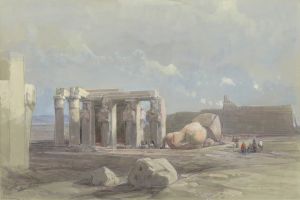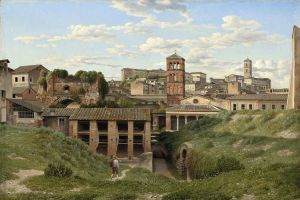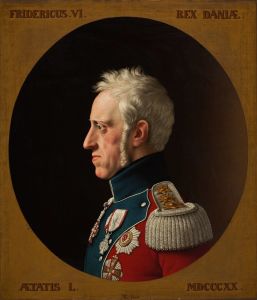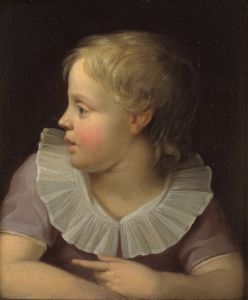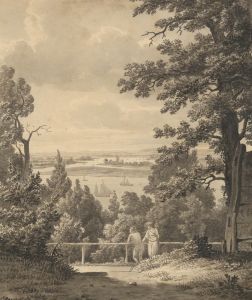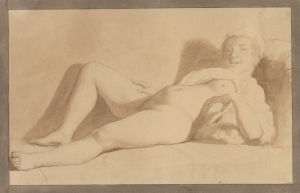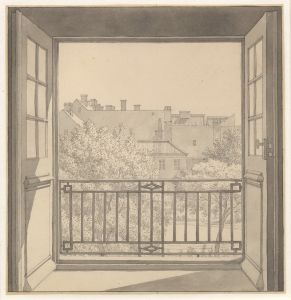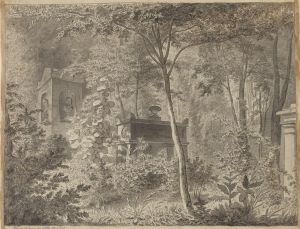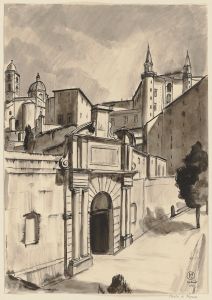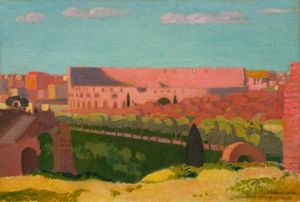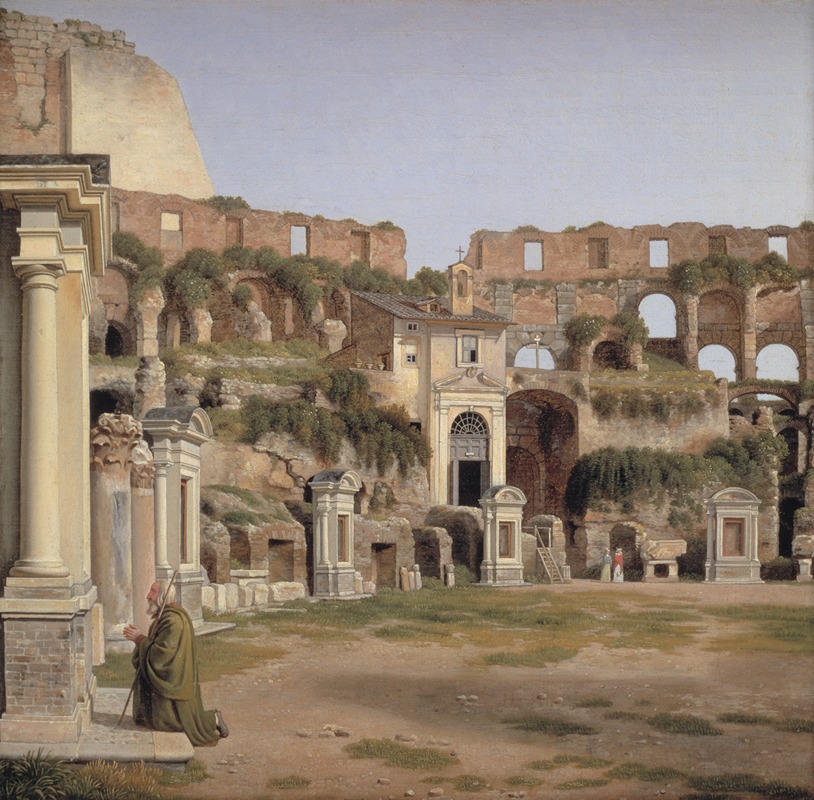
View of the Interior of the Colosseum
A hand-painted replica of Christoffer Wilhelm Eckersberg’s masterpiece View of the Interior of the Colosseum, meticulously crafted by professional artists to capture the true essence of the original. Each piece is created with museum-quality canvas and rare mineral pigments, carefully painted by experienced artists with delicate brushstrokes and rich, layered colors to perfectly recreate the texture of the original artwork. Unlike machine-printed reproductions, this hand-painted version brings the painting to life, infused with the artist’s emotions and skill in every stroke. Whether for personal collection or home decoration, it instantly elevates the artistic atmosphere of any space.
Christoffer Wilhelm Eckersberg, often referred to as the "father of Danish painting," was a prominent figure in the Danish Golden Age of painting. One of his notable works is "View of the Interior of the Colosseum," which exemplifies his meticulous attention to detail and his dedication to capturing architectural beauty.
Eckersberg was born in 1783 in Blåkrog, Denmark, and he studied at the Royal Danish Academy of Fine Arts in Copenhagen. His artistic journey took a significant turn when he traveled to Paris in 1810 to study under the renowned French painter Jacques-Louis David. This experience greatly influenced his style, particularly his emphasis on clarity, precision, and the use of light.
In 1813, Eckersberg embarked on a pivotal journey to Rome, a city that captivated many artists of his time. It was during his stay in Rome that he painted "View of the Interior of the Colosseum" in 1815. The painting is a testament to his fascination with classical architecture and his skill in rendering complex structures with accuracy and depth.
The Colosseum, an iconic symbol of ancient Rome, was a popular subject for artists and travelers during the 19th century. Eckersberg's depiction stands out for its detailed representation of the interior, capturing the grandeur and the intricate architectural elements of the ancient amphitheater. The painting reflects his ability to convey the scale and the historical significance of the structure while maintaining a sense of intimacy and immediacy.
Eckersberg's work is characterized by his use of light and shadow to enhance the three-dimensionality of the scene. In "View of the Interior of the Colosseum," he employs these techniques to highlight the textures of the stone and the play of light within the arches and corridors. This approach not only brings the architectural details to life but also creates a dynamic composition that draws the viewer into the space.
The painting is also notable for its perspective, which Eckersberg carefully constructed to provide a comprehensive view of the Colosseum's interior. His attention to perspective was influenced by his studies in Paris and his interest in the mathematical principles of art. This meticulous approach allowed him to achieve a sense of realism and depth that was highly regarded by his contemporaries.
Eckersberg's time in Rome was instrumental in shaping his artistic vision, and "View of the Interior of the Colosseum" is a prime example of how his experiences in the city enriched his work. The painting not only reflects his technical prowess but also his deep appreciation for the cultural and historical heritage of the sites he depicted.
Today, Christoffer Wilhelm Eckersberg is celebrated for his contributions to Danish art and his role in the development of the Danish Golden Age. His works, including "View of the Interior of the Colosseum," continue to be admired for their precision, beauty, and historical significance. The painting remains a valuable piece of art that offers insight into the artist's skill and the enduring allure of Rome's architectural marvels.






